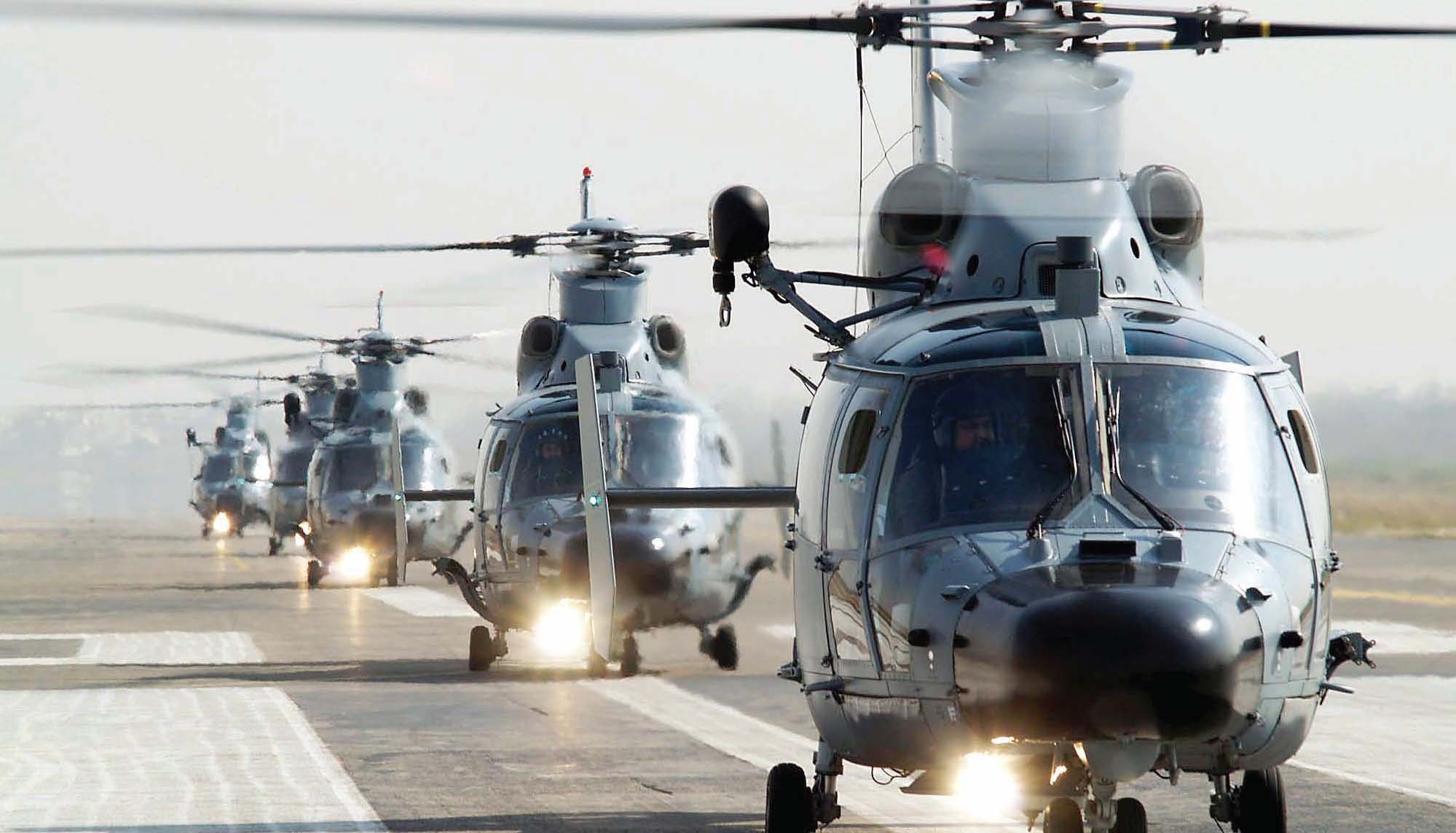Z-9 Helicopter Crash Claims Lives of Prominent Ghanaian Officers
Tragic Military Helicopter Crash Claims Lives of Top Ghanaian Ministers, Sparks Debate Over Z-9 Fleet Safety

In the Early hours of Wednesday, July 6th, a tragic crash of a Ghana Air Force Z-9 helicopter claimed the lives of several high-ranking officers.
What appeared to be a normal route flight turned fatal. The incident, which occurred during what was reported as a scheduled flight to the Ashanti Region, has sparked national mourning and renewed questions about the safety and future of Ghana’s Z-9 helicopter fleet.
A Loss Beyond Measure
Among the victims were respected personnel whose contributions to Ghana’s security architecture were considered vital.
1.Dr Edward Omane Boamah – Minister for Defence
2. Alhaji Dr Ibrahim Murtala Mohammed – Minister for Environment
3. Alhaji Muniru Mohammed – Acting Deputy National Security Coordinator.
The sudden loss of these officers not only leaves a gap in national defence leadership but also delivers a painful reminder of the risks military personnel take in service to their country.
Eyewitnesses reported seeing the helicopter struggle moments before impact, though official investigations are still underway to determine the cause, it is nit clear if the Ghana Armed Forces would ground the remaining Z-9 helicopters as a precaution.
What Is the Z-9 Helicopter
The Z-9 is a Chinese-manufactured utility helicopter, produced under license from the French Eurocopter AS365 Dauphin. Ghana acquired these aircraft as part of a broader strategy to modernize its military fleet, particularly to support:
Troop transport and logistics, Search and rescue missions Medical evacuations
Surveillance and border patrol
It is capable of speeds up to 305 km/h with a range of about 800 km, the Z-9 is designed for versatility in a range of environments making it a valuable tool in both peacetime and emergency operations.
For years, the Z-9 fleet has played a significant role in Ghana’s military and humanitarian response operations. Its speed, size, and manoeuvrability have proven essential in reaching remote or hostile terrain. However, with this tragedy, questions arise:
Are the Z-9 helicopters adequately maintained?
Do they meet current safety and operational standards?
Should Ghana continue using the remaining fleet?
Some aviation analysts warn that while the Z-9 is cost-effective and operationally flexible, its maintenance, crew training, and spare parts logistics must be scrutinized to prevent future disasters.
In the wake of the crash, there have been calls for an independent review of all military aircraft particularly the Z-9 fleet. Security experts and civil society organizations are urging the government to reassess procurement and maintenance protocols, ensure flight data transparency, and publicly release findings of the investigation.
Whether Ghana should continue using the Z-9 remains a divisive issue. Some argue that the platform still serves vital national interests and can be retained with upgraded safety measures while others believe it is time to phase out the Z-9 in favor of newer, more reliable models potentially from Western manufacturers with longer support histories.
Whatever the decision, the tragedy underscores the need for rigorous maintenance, updated pilot training, and transparent defense spending in the procurement of aircraft.
